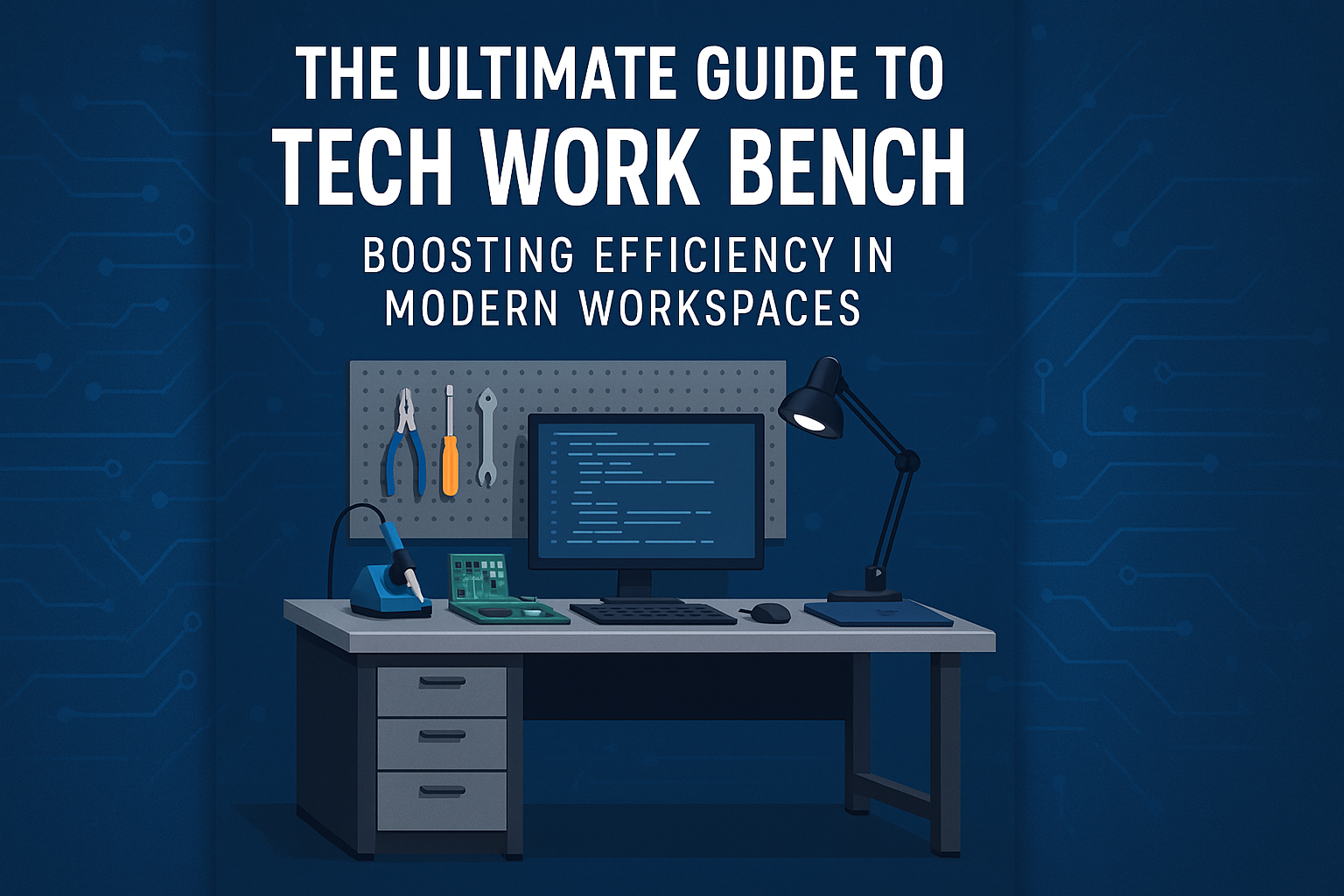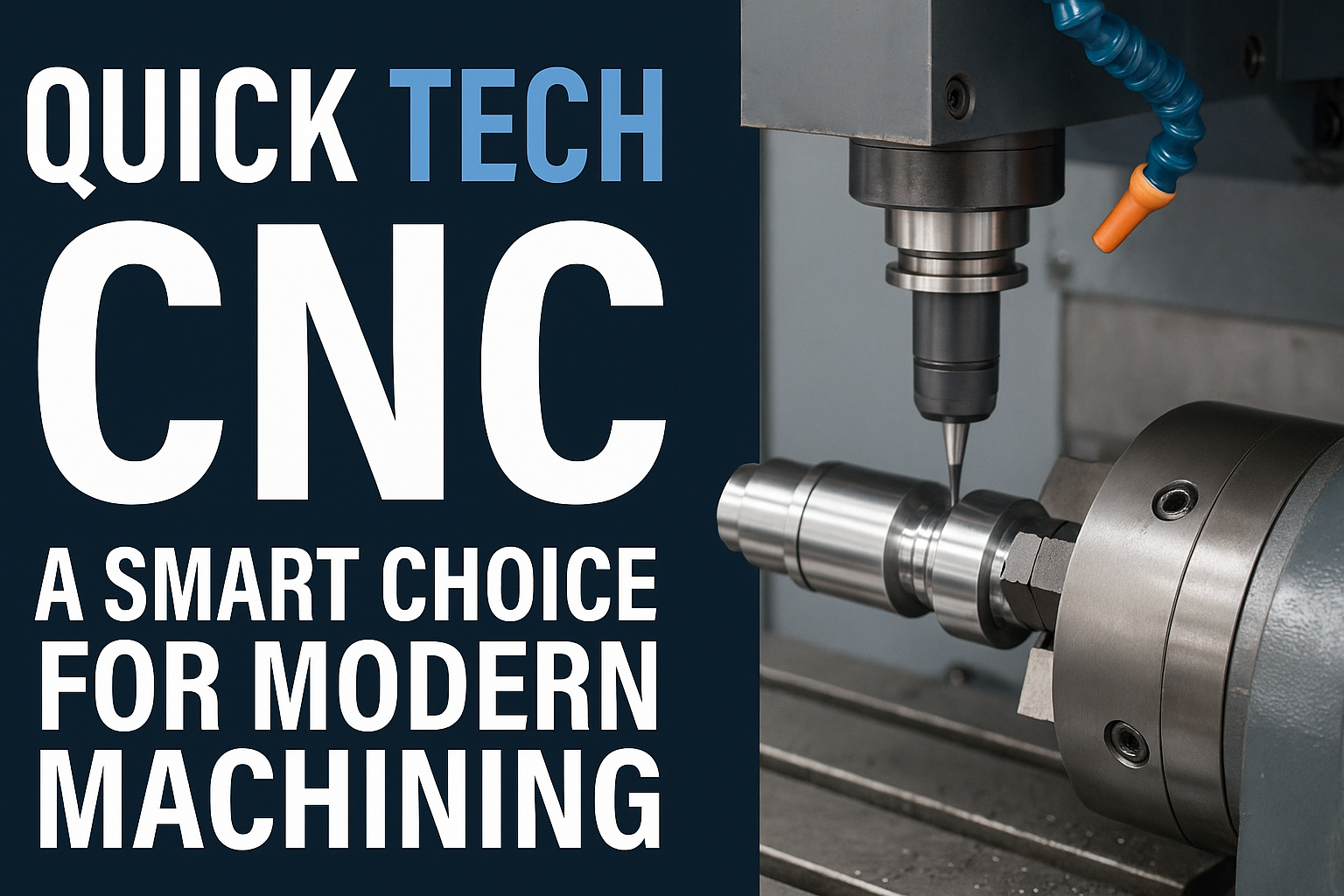The Ultimate Guide to the Tech Work Bench: Boosting Efficiency in Modern Workspaces

In today’s fast-paced technological landscape, a tech work bench has become an essential element for professionals across various industries. Whether you’re a software developer, hardware engineer, electronics hobbyist, or IT technician, having a well-organized and functional tech work bench can significantly enhance productivity, creativity, and efficiency.
A tech work bench is more than just a table with tools—it’s a personalized workspace designed to support your specific workflow, equipment needs, and ergonomic comfort. From cable management systems to modular shelving, power outlets, and lighting solutions, a thoughtfully designed tech work bench can make all the difference in how effectively you complete tasks.
This blog post will guide you through everything you need to know about setting up, organizing, and optimizing your tech work bench . We’ll explore different types of benches, tools you might need, ergonomics, customization options, and much more. By the end, you’ll have a clear understanding of how to build or upgrade your own high-performance tech work station.
Read more: Asurion Verizon Your Ultimate Guide to Verizon’s Device Protection Plan
What Is a Tech Work Bench?
At its core, a tech work bench is a dedicated workstation tailored for technology-related tasks. It serves as the central hub where professionals design, test, repair, or develop hardware and software solutions. Unlike generic desks, a tech work bench is equipped with features that cater specifically to the needs of tech workers—such as built-in power strips, tool holders, adjustable shelves, and even integrated computing stations.
These benches are commonly found in:
- Electronics labs
- Repair shops
- Data centers
- Home offices
- R&D departments
- Maker spaces and co-working environments
The primary goal of a tech work bench is to streamline workflow by providing easy access to tools, minimizing clutter, and ensuring a safe and comfortable working environment. Whether you’re soldering circuit boards or coding a new app, the right setup can help you stay focused and productive.
Types of Tech Work Benches
Not all tech work benches are created equal. Depending on your profession, workspace size, and personal preferences, you may choose from several types of benches:
1. Fixed Workbenches
These are stationary setups typically found in professional labs or workshops. They offer maximum stability and often include built-in electrical outlets, compressed air ports, and heavy-duty surfaces.
2. Mobile Workbenches
Ideal for technicians who need flexibility, mobile benches come with wheels and adjustable components. These allow you to move your workstation wherever it’s needed, making them popular in repair services and fieldwork.
3. Modular Workbenches
Modular designs allow users to customize their tech work bench with interchangeable parts such as drawers, shelves, pegboards, and monitor mounts. This adaptability makes them perfect for evolving projects and multi-functional use.
4. Standing Desks Converted into Tech Work Benches
With the rise of health-conscious work habits, many tech professionals are converting standing desks into tech work benches . These setups promote better posture and can be adjusted to sit-to-stand positions throughout the day.
5. Compact/Mini Tech Workstations
Designed for small spaces like apartments or dorm rooms, these compact benches maximize utility without taking up too much room. They often feature foldable elements, wall-mounted accessories, and space-saving storage. Each type has its pros and cons, so choosing the right one depends on your specific work requirements and available space.
Essential Tools & Accessories for Your Tech Work Bench
To get the most out of your tech work bench , it’s important to equip it with the right tools and accessories. Here are some essentials every tech worker should consider:
1. Multimeter
An indispensable tool for measuring voltage, current, and resistance in electronic circuits.
2. Soldering Iron & Station
Used for assembling and repairing printed circuit boards (PCBs), a quality soldering station is a must-have.
3. Screwdriver Set
Precision screwdrivers in various sizes and types (Phillips, flathead, Torx) are essential for disassembling devices.
4. Cable Management System
Keep cables organized with clips, ties, raceways, or under-desk organizers to avoid clutter and tripping hazards.
5. Power Strip or Surge Protector
Ensure multiple devices can be powered safely with surge protection and multiple outlets.
6. Lighting Solutions
LED task lights or strip lighting under shelves can reduce eye strain during long hours of detailed work.
7. Storage Solutions
Use drawer organizers, tool racks, and magnetic strips to keep small items within reach and prevent loss.
8. Monitor Arm or Stand
Ergonomic monitor placement reduces neck strain and improves posture, especially for those who code or analyze data regularly.
9. Keyboard Tray & Wrist Rest
Promotes proper hand positioning and helps prevent repetitive strain injuries.
10. Dust Blower & Cleaning Kit
Dust buildup can damage sensitive electronics over time, so regular cleaning is crucial. By selecting the right combination of tools and accessories, your tech work bench becomes a powerhouse of productivity and precision.
How to Design Your Ideal Tech Work Bench Layout
Creating the perfect layout for your tech work bench involves more than just placing tools on a surface—it requires thoughtful planning based on your workflow, tools used, and physical space constraints.

Step 1: Define Your Workflow Zones
Divide your bench into zones based on function:
- Workspace Zone : Main area for hands-on tasks.
- Tool Zone : Where frequently used tools are stored.
- Power Zone : Area with power outlets and charging stations.
- Reference Zone : Space for manuals, notebooks, or secondary monitors.
Step 2: Prioritize Ergonomics
Ensure your chair height matches your bench, your monitor is at eye level, and your keyboard/mouse are within easy reach to avoid strain.
Step 3: Optimize for Accessibility
Place the most-used tools closest to you. Less frequently used items can be stored in drawers or higher shelves.
Step 4: Incorporate Vertical Space
Use wall-mounted shelves, pegboards, and overhead cabinets to free up valuable benchtop real estate.
Step 5: Plan for Future Expansion
Leave room for adding new tools or upgrading your setup as your skills or projects evolve. Remember, the best tech work bench layouts are dynamic and adaptable to changing needs.
Customizing Your Tech Work Bench for Maximum Efficiency
Customization is what transforms a standard desk into a truly effective tech work bench . Here are some ways you can tailor your setup:
1. Add Smart Features
Consider integrating smart plugs, voice-controlled lighting, or motion sensors to automate your workspace.
2. Use Modular Components
Modular drawers, shelves, and panels allow you to reconfigure your bench easily as your needs change.
3. Install Anti-Vibration Pads
For sensitive equipment like microscopes or precision instruments, anti-vibration pads can improve accuracy and longevity.
4. Personalize Aesthetics
While functionality is key, don’t overlook aesthetics. LED lighting, custom paint jobs, or branded signage can make your space feel more inspiring.
5. Integrate Computing Stations
Some modern benches come with built-in computers or docking stations for seamless integration with your digital tools.
6. Implement Safety Measures
Add ESD (electrostatic discharge) mats, fire extinguishers, and first aid kits if you’re working with electronics or chemicals. Customization not only boosts efficiency but also enhances user satisfaction and motivation, making your tech work bench a place you actually enjoy working in.
Maintaining and Upgrading Your Tech Work Bench
Once your tech work bench is set up, regular maintenance and periodic upgrades are essential to keep it functioning at peak performance.
Maintenance Tips:
- Clean Regularly : Dust off tools and surfaces weekly to prevent debris buildup.
- Check Electrical Systems : Ensure power strips, surge protectors, and outlets are in good condition.
- Organize Weekly : Spend 10–15 minutes tidying up your bench after each work session.
- Inspect Tools : Check for wear and tear on tools like screwdrivers, pliers, and soldering irons.
Upgrade Ideas:
- Switch to Wireless Tools : Reduce clutter with wireless screwdrivers or Bluetooth-enabled devices.
- Add Voice Assistant Integration : Control lighting, music, or timers using voice commands.
- Invest in Quality Seating : An ergonomic chair can dramatically improve long-term comfort.
- Upgrade Lighting : Consider daylight-balanced LED panels for better visibility.
- Expand Storage Options : As your tool collection grows, add rolling carts or vertical storage units.
Upgrades don’t always mean expensive changes—sometimes a small tweak can yield big improvements in usability and comfort.
Read more: Tool Tech Supply: Where Tools and Tech Come Together
Conclusion
A tech work bench is far more than a piece of furniture—it’s the foundation of your technical productivity and innovation. Whether you’re a seasoned engineer or a DIY enthusiast, investing time and effort into designing, organizing, and maintaining your bench can lead to significant gains in efficiency, creativity, and job satisfaction.
From choosing the right type of bench to equipping it with essential tools, optimizing layout, and embracing customization, this guide has provided a comprehensive overview of how to create a high-performing tech work bench . Remember, the best workbench is one that evolves with your needs and reflects your unique workflow.
Now that you’re equipped with the knowledge to build or improve your tech work bench , it’s time to roll up your sleeves and start crafting your ideal workspace!
Frequently Asked Questions (FAQ)
Q1: What is a tech work bench?
A: A tech work bench is a specialized workstation designed for technology-related tasks, offering features like tool organization, power access, and ergonomic support.
Q2: Who uses a tech work bench?
A: Tech professionals such as engineers, IT technicians, software developers, electronics hobbyists, and repair specialists benefit greatly from using a tech work bench .
Q3: Are tech work benches expensive?
A: Prices vary depending on size, material, and features. Basic models can start around $100, while advanced modular systems can cost several thousand dollars.
Q4: Can I convert my existing desk into a tech work bench?
A: Yes! With the right accessories like cable organizers, tool racks, and lighting, you can transform a regular desk into a functional tech work bench .
Q5: What tools are essential for a tech work bench?
A: Common essentials include a multimeter, soldering iron, screwdriver set, power strip, cable management system, and LED lighting.
Q6: How do I organize my tech work bench?
A: Start by defining functional zones, prioritize accessibility, use vertical space, and maintain regular organization routines.
Q7: What materials are best for a tech work bench?
A: Durable materials like steel, laminate, and ESD-safe surfaces are ideal for longevity and safety.
Q8: Is ergonomics important for a tech work bench?
A: Absolutely. Proper ergonomics prevents strain and fatigue, enhancing both comfort and productivity.



